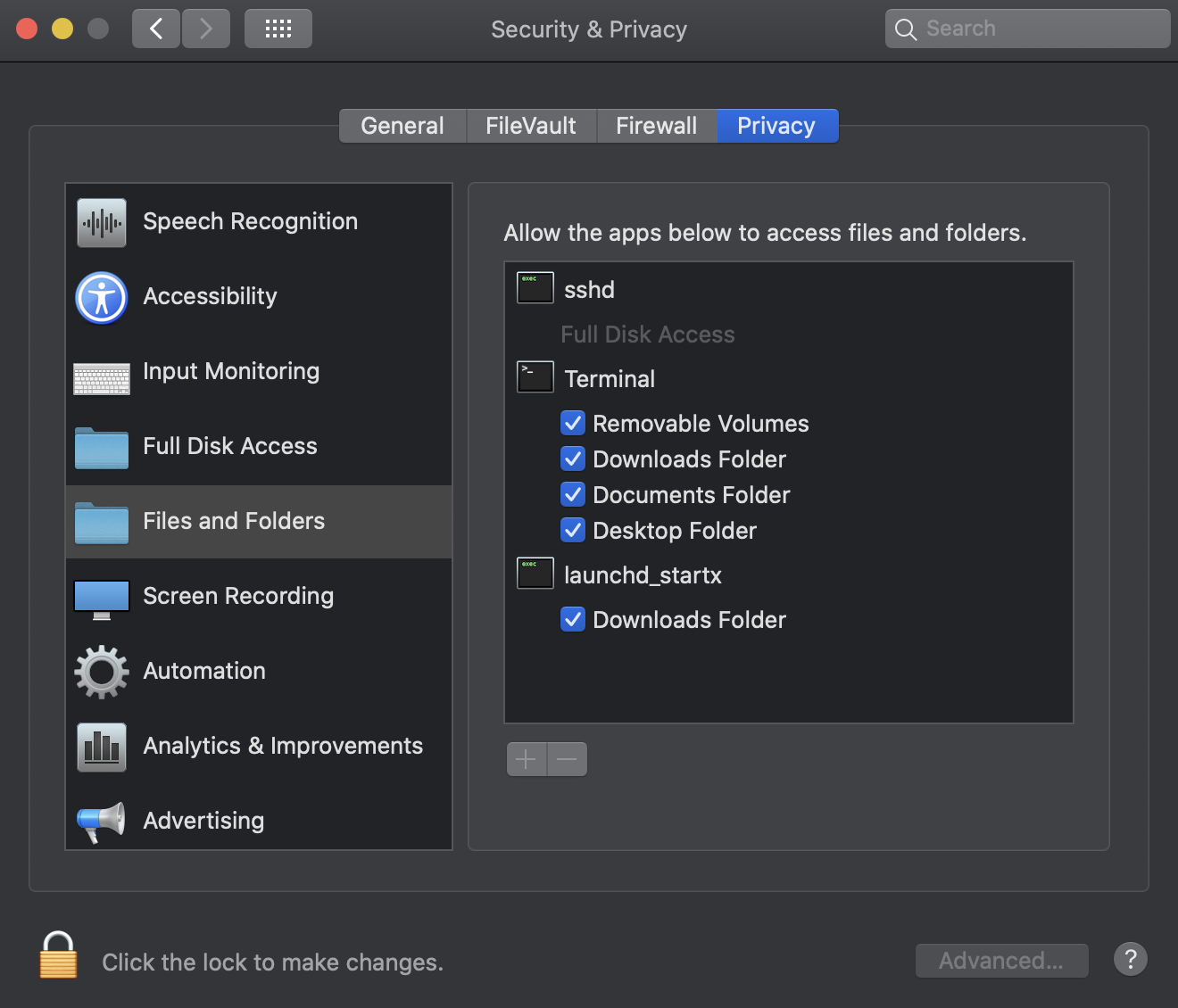If you manage dual-boot Macs, or even just have your own dual-boot Mac, you may have noticed the annoying tendency of your Mac clocks to be incorrect when you reboot from Windows into Mac OS. This occurs because the Windows internal clock uses the local time zone to manage its time while Mac OS internal clock uses GMT.
As posted in variousforums and sites, the solution is to modify the Windows Registry as follows.
- Launch
regedit.exe. - Navigate to
HKEY_LOCAL_MACHINESYSTEMCurrentControlSetControlTimeZoneInformation. - Create a new key called
RealTimeIsUniversal(case-sensitive!) - Give the key a
DWORD Value (displays as REG_DWORD)of1.
Time Fix Mac Os 7
If you’re not comfortable modifying the registry by hand, I’ve created a registry patch file that, when double-clicked in Windows, will make the modification for you. (You can verify the contents of the patch by opening it in Notepad.) Download the patch here.

Starting this year, in most locations in the United States and Canada as well as in numerous other regions around the world, Daylight Saving Time (DST) will begin on the second Sunday in March and end on the first Sunday in November. This is an earlier start and a later finish than in previous years.
This can spell trouble for any device with a built-in digital clock that provides automatic adjustment for the shift between DST and Standard Time. The problem is that, unless these devices are updated for the new rules, they will shift to and from DST on the wrong dates. And those devices can include your Mac.
Happily, Apple was ahead of the curve here. It provided the needed fixes as part of the Mac OS X 10.4.5 and 10.4.6 updates for Tiger. A few locations (including Alberta, Canada and certain areas of Australia and Brazil) adopted the new rules too late for these updates. For these late arrivals, Apple released Daylight Saving Time Update for Mac OS X 10.4.8, which Apple recommends installing even if you do not live in the affected zones.
For even older versions of the Mac OS, you’ll have to turn a third-party offering. The Public Server Services, Macintosh Division, at the University of New Hampshire features a Daylight Savings Time fix for Mac OS X 10.0 through 10.3.
Thoug h it happens rarely, after Mac system software undergoes an update (likely to happen after a hard drive change or firmware update or OS upgrade, etc.), it might sometimes get stuck at a. The Public Server Services, Macintosh Division, at the University of New Hampshire features a Daylight Savings Time fix for Mac OS X 10.0 through 10.3. Unfortunately, even after installing these. The only solution that worked was complicated and klutzy: 1. Find a computer with installed MacOS 10.11. Clone the other Mac's HD on a USB disk with CarbonCopyCloner, making sure the clone is bootable (include a working copy of CCC in the process). Clone the USB disk with CCC to the Mac you're trying to upgrade.
Unfortunately, even after installing these updates, you may still have problems with some third-party applications. For example, to get Microsoft Office 2004 (notably Entourage) to make the appropriate time shifts, you need to install Office 2004 for Mac 11.3.3 Update.

- 不论是黑苹果还是使用 Bootcamp,在安装了 Windows 和 Mac OS 双系统之后,我们会发现两个系统时间经常不同步,而每次进入系统都要修改时间会变得非常麻烦。究其原因是因为两个系统设定时间时以主板 CMOS 内的时间为依据,但却有不同的时间计算标准。.
- The Mac in question could have been off for an extended period of time, or there might be some kind of bug in Location Services (someone else might have manually set the time on the Mac incorrectly. We'll leave it to you to figure out the best way to give anyone who has access to your Mac an accusing stare).
For those of you still running the older Office v. X version of the Office suite, Microsoft does not provide any DST patch. But don’t despair: You can an unofficial fix from this Web page.
Time Fix Mac Os X
[ Senior contributor Ted Landau is the founder of MacFixIt. ]
⇒ ⇒ Silt 2 Mac OS